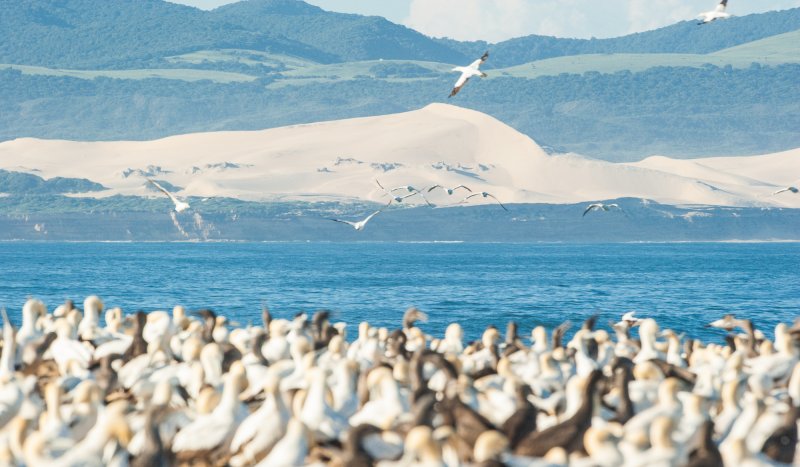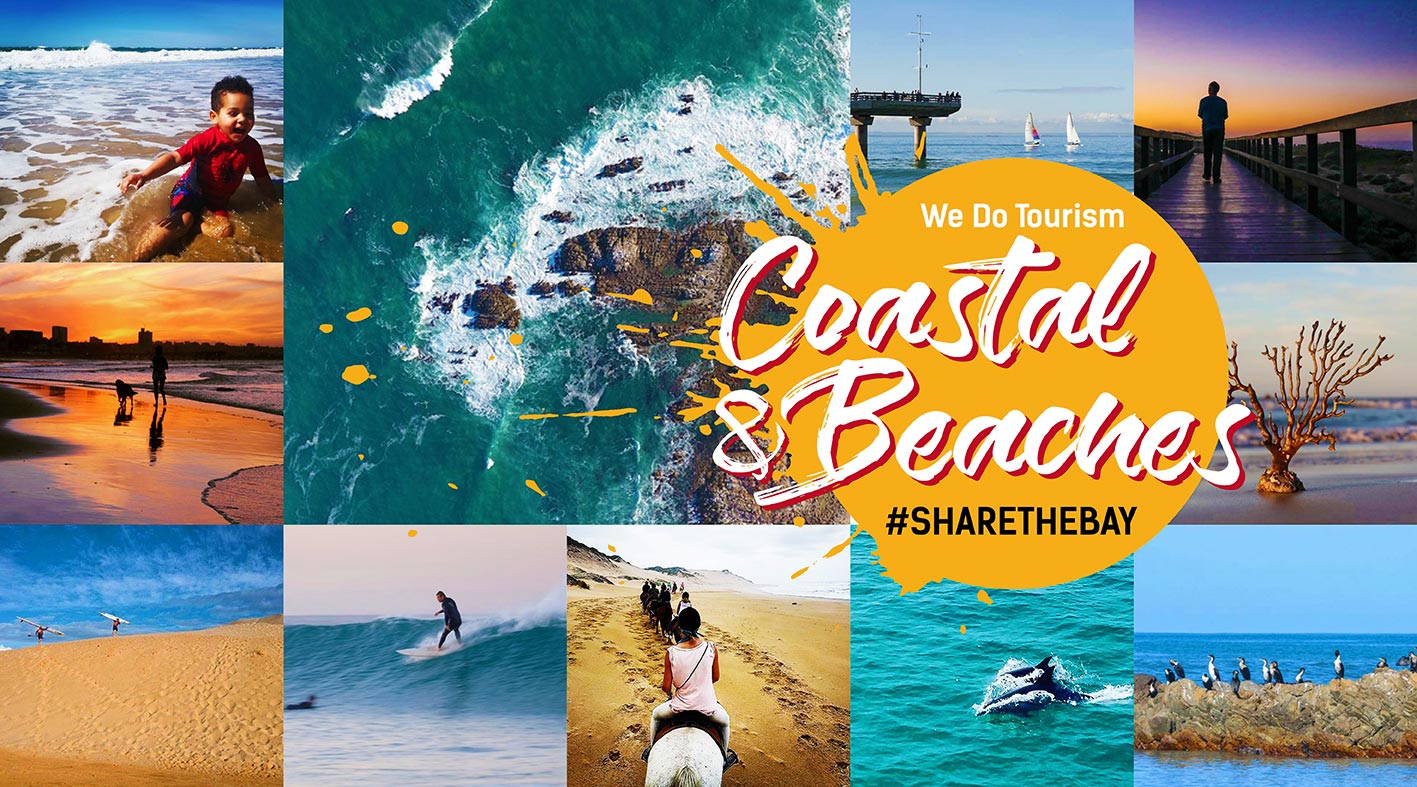ADDO MARINE PROTECTED AREA OFFICIAL

Addo Marine Protected Area
The Addo Elephant National Park Marine Protected Area (MPA) off comes into effect tomorrow - Thursday 1 August. It is one of three new MPAs within South African National Parks (SANParks) which were gazetted by the Department of Environmental Affairs (DEA) on 23 May 2019. The other two are the Robben Island MPA (to be managed by Table Mountain National Park) and the Namaqua National Park MPA, which form part of 20 new national MPAs. This declaration was the culmination of many years of work by South African National Biodiversity Institute (SANBI,) SANParks, Ezemvelo KZN Wildlife and DEA.
An MPA is an area of coastline or ocean that is specifically protected for the benefit of people and nature. They help manage part of the marine environment to rebuild fisheries populations, keep marine ecosystems working properly and protect the range of species living there. MPAs are divided into controlled and restricted zones to allow for both protection and use of resources.
The 1 127km2 Addo MPA protects a wide range of ecosystems, including sandy beaches, rocky shores, reefs, an estuary and islands. The protection of the estuary and reefs are important for the recovery of valuable fisheries resources such as abalone and kob. It also protects important feeding areas for the 9 000 pairs of endangered African penguins breeding at St Croix Island and the 60 000 pairs of endangered Cape gannets breeding at Bird Island. Located close to the city of Port Elizabeth, the MPA will facilitate nature-based tourism and serve as an outdoor classroom for educational activities.
This new network of MPAs increases the conservation footprint of South Africa’s oceans from 0.43 to five percent and is a major achievement for conservation. The planning towards some of these MPAs started as far back as in 2006, such as the Addo Elephant National Park MPA, by SANParks and the SANBI Offshore MPA project. Hundreds of planning and stakeholder meetings and negotiations with communities and industries such as oil and gas, mining, fisheries, and aquaculture took place. Planners and lawyers spent five years developing the shape, size and regulations for these MPAs with many compromises on all sides.
Author: South African National Parks





















 Please wait!
Please wait!